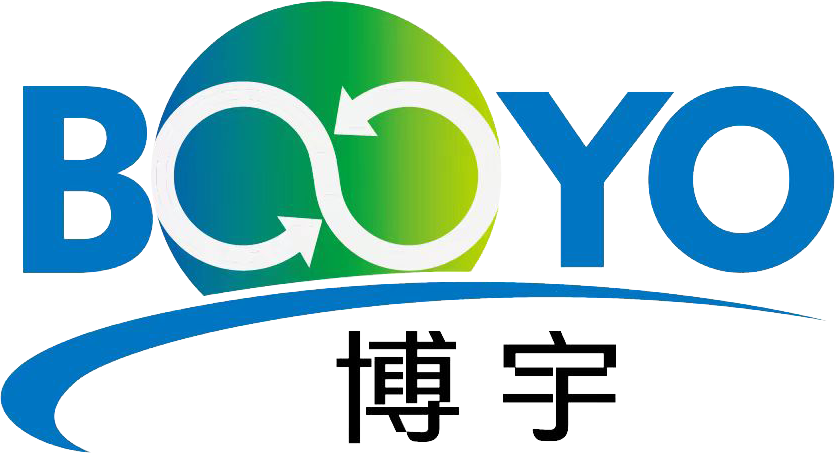
Our News
Find out about our latest news here.
Latest News
- ▶ High-Efficiency Surface Condenser Solutions:
- ▶ Health, Safety and Environment (HSE) Policy
- ▶ Conflict-of-Interest Policy
- ▶ Can a Welded Spiral Heat Exchanger Solve Fouling and Blockage Problems?
- ▶ Anti-Bribery and Corruption (ABC) Compliance Policy
- ▶ The Critical Role and Application of Heat Exchangers in the Natural Gas Treating Process
Message
1. Working Principle
Gas cooling towers typically use direct evaporative cooling or indirect heat exchange methods. The high-temperature flue gas enters from the top of the tower and fully contacts sprayed water or a heat exchange medium inside the tower. Through heat transfer, the heat is rapidly removed, and the heated water is collected and recycled. The cooled flue gas temperature is effectively lowered, which facilitates the efficient operation of downstream environmental protection equipment.
2. Main Structure
A typical gas cooling tower consists of the following core components:
Tower body: Made of steel or corrosion-resistant materials, offering good sealing and high-temperature resistance;
Spray system: Equipped with efficient atomizing nozzles to achieve uniform coverage and thorough cooling;
Gas-liquid separation device: Prevents water droplets from being carried out with the gas, protecting downstream equipment;
Inlet and outlet ducts and distribution system: Designed to optimize flow distribution, reduce pressure drop, and enhance efficiency;
Control and monitoring system: Real-time monitoring of inlet/outlet temperature, flow, and pressure, enabling intelligent control.

3. Performance Advantages
High cooling efficiency: Large heat exchange area and fast cooling speed significantly reduce flue gas temperature;
Compact structure: Small footprint, suitable for sites with limited space;
Strong adaptability: Handles various flue gas compositions, flow rates, and temperature ranges;
Stable operation: Anti-clogging design and corrosion-resistant structure extend service life;
Water and energy saving: Optional circulating water system and energy-saving control strategies reduce operational costs.
4. Application Fields
Steel metallurgy: For flue gas pretreatment in sintering, ironmaking, and steelmaking;
Chemical industry: Cooling of high-temperature tail gas emissions;
Coking industry: Used alongside primary coolers and dust collectors to improve overall system efficiency;
Cement industry: Rapid cooling of kiln tail gas to prevent corrosion and condensation damage;
Waste incineration: Lowers flue gas temperature to prevent secondary pollution.
5. Customization Capabilities
We provide customized gas cooling tower design services tailored to the client’s actual operating conditions such as gas flow rate, temperature, dust concentration, and available installation space. Optional features include automatic cleaning, corrosion protection coatings, and intelligent control systems to meet the high standards of different industries.
PROFESSIONAL CONSULTATION
If you are interested in our products and want to know more details, please leave a message here, we will reply you as soon as we can.